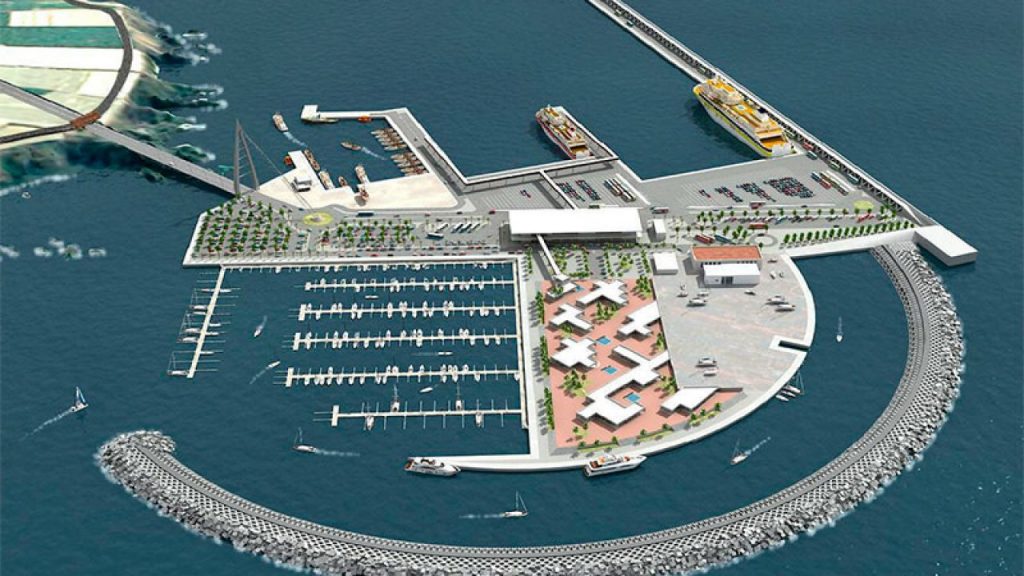
The open debate on the port of Fonsalía, in the municipality of Guía de Isora, continues to generate reactions for and against, while waiting for the Ministry of Public Works, responsible for the project, to rule on whether to carry out a new study of environmental impact (the previous one expired in December 2020) or abandon the project.
If the department headed by Sebastián Franquis opts for the first route, which is defended by the president of the Cabildo, Pedro Martín, the project will face more demanding environmental legislation than the previous one, a factor that has led the Minister of Ecological Transition, José Antonio Valbuena, to say that starting the environmental impact file from scratch would be practically a “waste of time” because the result of the declaration “will surely be negative.”
While the debate continues to add supporters and detractors of the project devised as the epicenter of future maritime communications between the western islands, one wonders what will happen to the connections in the coming years, bearing in mind that in one case or another Los Cristianos will continue being, with its operational and space limitations, the base port for crossings with La Gomera, La Palma and El Hierro.
Arona defends a “clear and decisive” commitment by the central governments, the Canary Islands, the Cabildo and the City Council itself for a solution to the problems of mobility and urban development in the nucleus of Los Cristianos and its port. The municipal government group defends “an improvement of the roads and connections with the highway, modernizing the urban fabric and investing to rehabilitate the bay, renaturalizing it and maintaining its port uses.”
The mayor of Aronero, José Julián Mena, has already advanced the cost of the bet he is claiming for Los Cristianos. “With the traffic that supports passengers and goods, it deserves an investment of less than 40 million euros compared to the 200 million that Fonsalía costs,” said the councilor.















